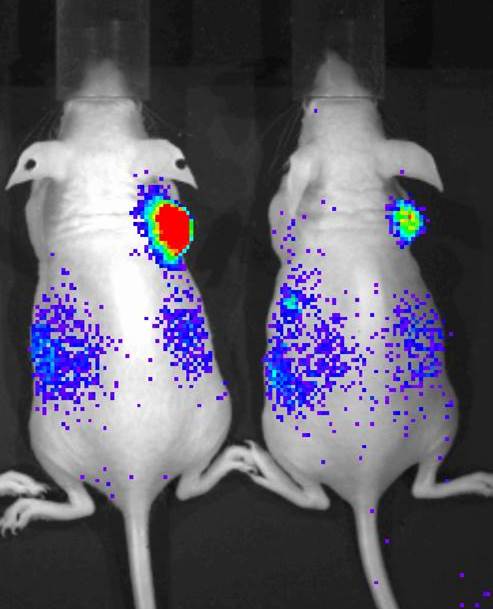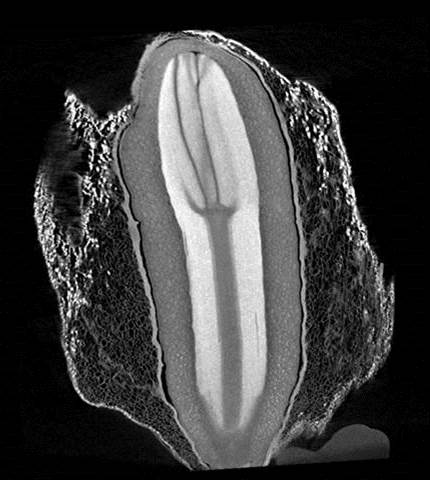 Imaging technologies are now available to view and analyze tissue morphology, molecular targets or pathways, and gene expression within the living animal. Preclinical in vivo imaging has emerged as a powerful research tool in recent years. In this rapidly evolving field, refinements in instrument design and imaging software continue to improve high-resolution anatomic, physiologic and molecular imaging in laboratory animals, as well as high resolution specimen imaging.
Imaging technologies are now available to view and analyze tissue morphology, molecular targets or pathways, and gene expression within the living animal. Preclinical in vivo imaging has emerged as a powerful research tool in recent years. In this rapidly evolving field, refinements in instrument design and imaging software continue to improve high-resolution anatomic, physiologic and molecular imaging in laboratory animals, as well as high resolution specimen imaging.
The Center for Molecular and Genomic Imaging (CMGI) was established at UC Davis in 2002 to provide dedicated, state-of-the-art animal and biospecimen imaging technologies to investigators at UC Davis and other research institutions. Our imaging modalities include PET, SPECT, CT, MRI, optical (fluorescence and bioluminescence), high resolution CT specimen scanning and autoradiography. The CMGI has grown rapidly to become a core facility that serves a wide range of campus investigators in the biological sciences and has become integrated in many major centers, programs and institutes. Additionally, our high resolution CT specimen scanner may be particularly useful to investigators in the physical sciences.
 The CMGI, administered by the Department of Biomedical Engineering and the College of Engineering, is a 4,000 sq. ft. facility housed in the Genome and Biomedical Sciences Facility (GBSF). The facility includes 4 imaging suites, a prep room and staff offices, and a biomedical cyclotron and radiochemistry laboratory that allow on-site synthesis of PET radiotracers. An AAALAC-accredited, small-animal vivarium adjoins the facility. The CMGI partners with the Multimodal Imaging Core at the California National Primate Research Center for supporting imaging studies in non-human primates.
The CMGI, administered by the Department of Biomedical Engineering and the College of Engineering, is a 4,000 sq. ft. facility housed in the Genome and Biomedical Sciences Facility (GBSF). The facility includes 4 imaging suites, a prep room and staff offices, and a biomedical cyclotron and radiochemistry laboratory that allow on-site synthesis of PET radiotracers. An AAALAC-accredited, small-animal vivarium adjoins the facility. The CMGI partners with the Multimodal Imaging Core at the California National Primate Research Center for supporting imaging studies in non-human primates.
Scientists at UC Davis and other institutions are invited to utilize the resources available at the CMGI to advance their research. We provide imaging expertise with multiple imaging modalities, and offer assistance with study design, radiotracer development and image analysis. The facility is operated on a recharge basis and offers a pilot study plan for new investigators and a Frequent User Rewards Program.
